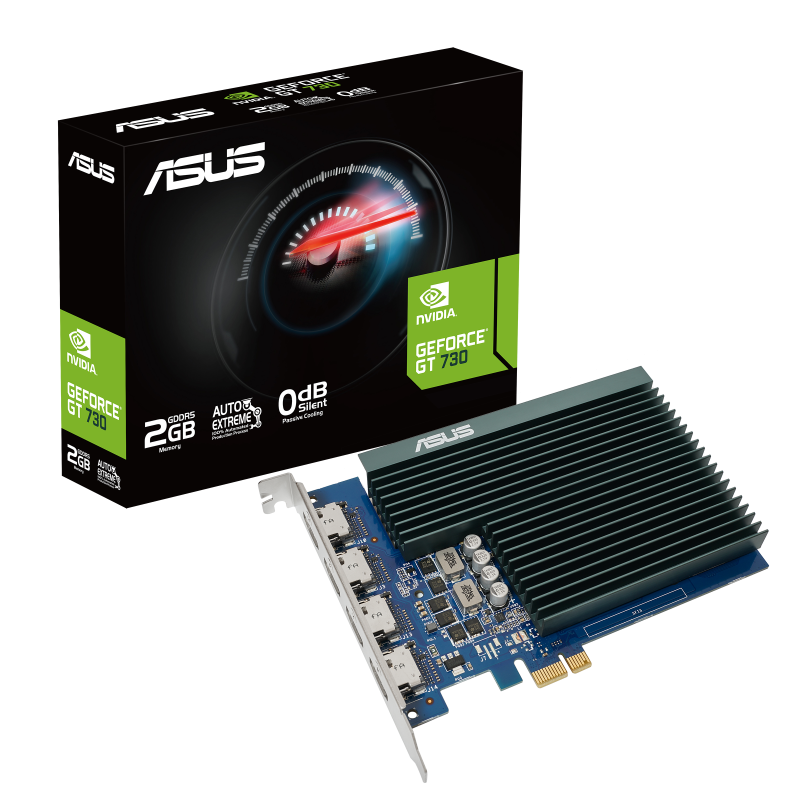What just happened? Another graphics card has launched on the market, albeit with little fanfare. The good news is that availability is likely to be excellent; the bad news is that it’s a GeForce GT 730, a card that first arrived back in 2014.

As we’re all too familiar, the global chip shortage continues to make the once-simple task of buying a graphics card a nightmare, with even previous-gen products selling for ridiculously high prices. It’s resulted in some companies turning to (much) older cards to meet demand.
In Asus’ case, it’s the GeForce GT 730, part of the 700 series that first arrived in 2013 and has covered Fermi, Kepler, and Maxwell architectures. This particular model uses the GK208 (Kepler) GPU. There are 384 CUDA cores, a 902 MHz boost clock in gaming mode with a 927 MHz OC boost, and 2GB of 5 Gbps GDDR5. The memory operates across a 64-bit bus, offering a total bandwidth of 40.10 GB/s.
You’re obviously not going to be playing the latest games on this card, but it could satisfy certain use cases. It comes with four HDMI 1.4b ports with HDCP 2.2 support and can output resolutions reaching 4K, so those looking for something that can facilitate multi-monitor work setups may be tempted.
Additionally, the Asus GeForce GT 730’s tiny size (single slot, 5.8 x 4.1 x 0.7 inches) and 38W (powered from the PCIe slot) should make it ideal for small form factor PCs/HTPCs—Asus recommends a 300W PSU.
While Nvidia will end support for Kepler in an upcoming GeForce driver, it will still provide LTSB (long-term support branch) R470 drivers with support for kernel revisions, OS updates, and bug fixes until 2024.
No word on price or availability yet, but seeing as a five-year-old GTX 1050 Ti often costs more than twice its original MSRP these days, don’t expect a bargain.
With Nvidia predicting that the chip shortage will last "the majority" of 2022, more companies are releasing older cards. MSI also brought back the GT 730 back in June.
h/t: @momomo_us
https://www.techspot.com/news/90874-another-company-turns-geforce-gt-730-amid-graphics.html
